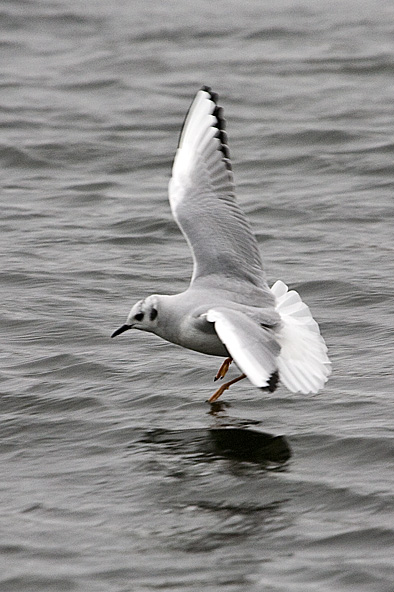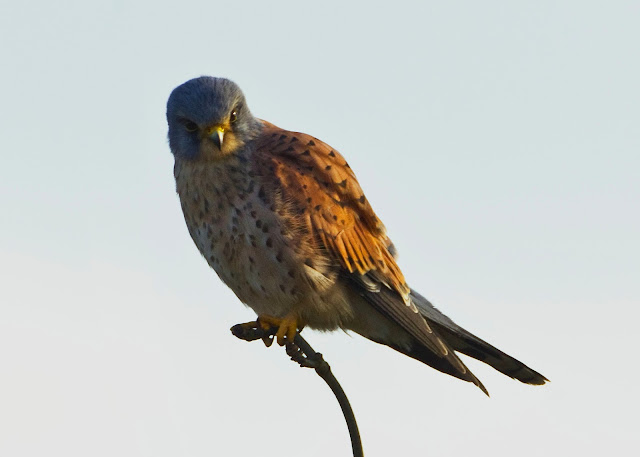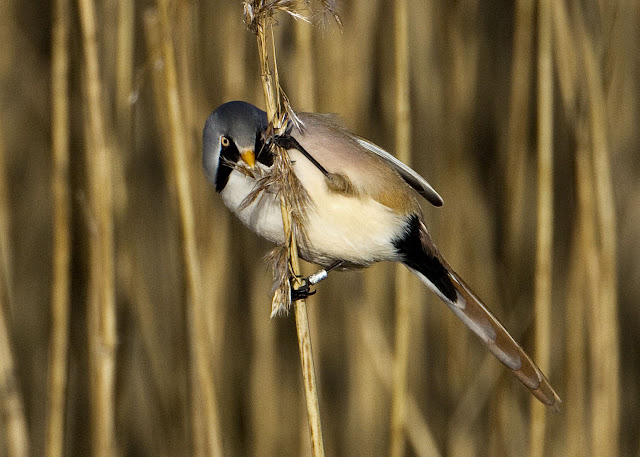Seven life ticks in a day. That's good even for someone that has only been birding for a year.
Had a great day out with Dave yesterday. We went down to Dungeness arriving early and having the ARC hide to ourselves for a couple of hours. Birds were distant so photography was not so good but we still managed to get some good record shots. We had at least ten sightings of Marsh Harriers and at one point there were four in the air at the same time.
 |
| Marsh Harrier |
We also had distant views of two bittern and a Great White Egret.
 |
| Bittern - hiding in the reeds as usual but at least still visible |
 |
| Great White Egret |
I did manage to get some closer pictures of the GWE but in the bright sunlight they were burnt out and I could not rescue them.
My seven life ticks for the day were - Marsh Harrier, Great White Egret, Ruff, Cetti's Warbler, Goldeneye, Barnacle Goose, and Tree Sparrow. I had seen the first four previously but not to my satisfaction for positive identification. They had either been too distant or in the case of the Cetti's disappeared into the reeds too quickly leaving me with a fleeting glimpse of a rear end.
The Cetti's in particular was good to see as this had always been one of my target birds. Unfortunately I could not get an angle for a picture and whilst I felt like elbowing Dave out of the way I did manage to keep control. So, half a success on this one, but it's good to have something left for another day - I think.
The Tree Sparrows at Boulderwall Farm were the real surprise of the day. I had not realised how colourful they looked compared to the more common House Sparrow.
 |
| Tree Sparrow |
I would like to go back and have another go at photographing these.
Our next stop was at Scotney Pit. The number of birds spread out over the water and on the grass banks was truly stunning. We spent a pleasant hour birding from the comfort of the car but could not find any rarities. Dave did, however, spot a Ruff, and three Redshanks together and I managed to get a distant shot of the Ruff confirming my life tick.
Scotney also has a resident flock of Barnacle Geese and these flew in just before we left. There were probably thirty plus in the flock but other than for a record shot they did not offer photographic opportunities.
On the way home we called in at Princess Park in Eastbourne to give Dave a chance to see the Bonaparte's Gull that had been reported there earlier in the day. Unfortunately we dipped out on that one but I have included another picture of it, that I had taken earlier in the week, so Dave does not feel too disappointed at missing it!
 |
| Bonaparte's Gull |
A great days birding and lots of pictures to work through when I got home.














































